Essays
There are very few documents left for us today about the formation and transformation of Crescent Lake, a famous place in Pho Hien - Hung Yen . From a normal perspective, Crescent Lake is a deep and wide lake like many other lakes in the heart of the city. Yet for generations, people have loved it, been proud of it, and from that love, the lake has become an endless source of inspiration for poetry and art. Loving it, people have woven countless anecdotes, legends, and even debated about it. Because it is beautiful? Yes, the shape of the moon, a symbol of poetry and art. It is poetry and art that have woven and beautified it, making an ordinary lake become soulful, colorful, linguistic, and have a story as intimate as a human: Crescent Lake, Moon Lake, Moon Lake... Looking out, besides Hoan Kiem Lake, there are few places that have such a beauty.
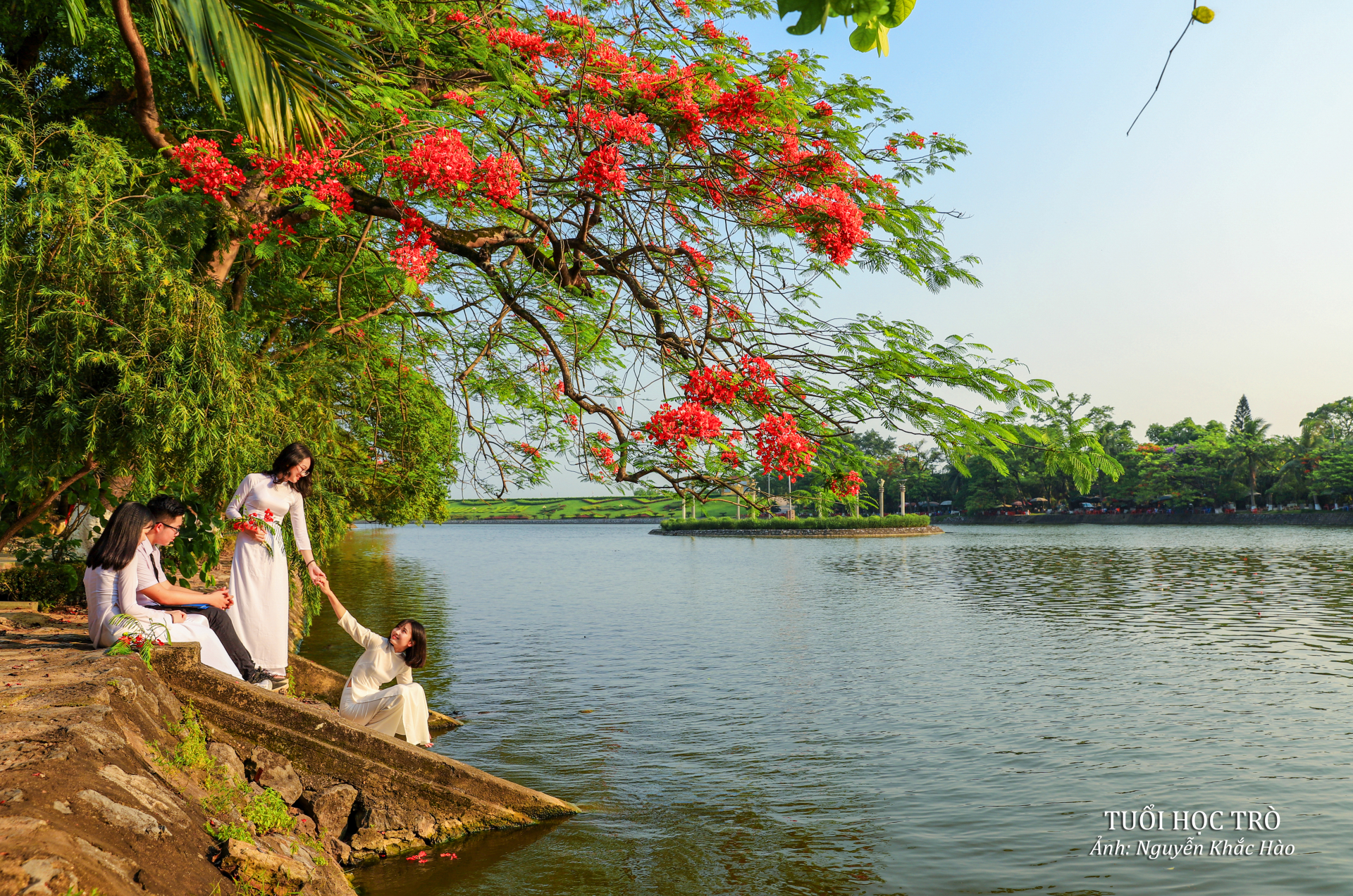
But to praise a lake, not entirely! What makes many generations love it is because of the love for the peaceful land, the elegant people, the glorious past. A land that has not suffered much pain from war, but has quietly lost the old urban halo, bringing to the people here a nostalgic mentality, constant regret. Because of nostalgia, people often mention Pho Hien, Nguyet Ho as a vestige, a place where the ups and downs of time have settled.
The flow of the Red River creates the Crescent Lake, which is considered by the people as a sacred acupuncture point. Stories carrying the soul of Pho Hien settle here, creating the sacred atmosphere of the land. When we listen or sing Pho Hien, Nguyet Ho…, our hearts are filled with deep love, pride in the past, the present, and the glory of hundreds of years of history.
I remember in the 80s of the last century, when I was still teaching and writing poetry, when I wrote Huyen Thoai Nguyet Ho , I traveled a lot and met many parents of students - among them were many people who had lived in Pho Hien for many generations to listen to them tell scattered stories about Pho Hien and Crescent Lake. Recently , when hosting group record so many sets book Pho Hien , we continued to meet, listen and read precious memories from seniors such as teacher Nguyen Quang Ngoc, teacher Cao Xuan Mo, Mr. Le Quang Vinh, ... people who keep living memories of Nguyet Ho, Pho Hien.
It is said that the deep water area here was originally a stagnant pool of the Red River. During the Le Dynasty, it was used as a water tank camp. It is said that poles were placed around it. Over time, alluvium built up outside the fence in an arc shape, leaving a random lake shaped like a crescent moon. Together with the construction of the Red River dike, it formed the present-day Crescent Lake. The water in this lake is very deep and has never been drained. Folklore has it that the lake has an underground stream that connects to the Red River, and also connects to the Mau Temple. Over time, many activities took place under the water, on the shore of the lake, and Pho Hien people still consider it a place for festivals and fun. A place where people in the city and outside the ward meet, a place where couples far apart choose to meet and confide in each other, and become lovers.
At that time, the population was sparse, the surroundings were deserted, the view was clear; there was no electricity like now, on moonlit nights, we could see the moon in the water. On a deserted autumn night, the mist was thin, Ho Nguyet was absent-minded, as if Hang Nga had descended to earth.
Pho Hien used to be the capital of Son Nam town, at that time there were some constructions around the lake but they were not very high. On the east bank there were two sacred temples - Tran temple and Mau temple, next to it was an ancient well, popularly known as Dragon Eye well. On the west bank, the trees were dense, the reeds were desolate, the mist flew over thousands of willows, late at night and early in the morning you could still hear the sound of Nguyet pagoda's gong, the sound of fishermen casting nets, fishing...
When the French came, they chose this place as the administrative center, building streets and mansions. The north side was the administrative area with French-style architecture, including the Embassy, the Governor's Palace, the Governor's Palace, and the Chief Justice's Palace located around it. Crescent Lake was the most poetic place in the provincial capital, not much less beautiful than Hoan Kiem Lake. The Guest Street - the section from the post office to the head of the lake was a bustling commercial street, controlled by the Chinese (according to Pham Duy's Memoirs ). The east side had the Governor's Palace, and the next area ( Dien Bien) was the capital. III now hour ) is just a low-lying wasteland and cemetery.
To the south of the dike there is a beautiful ancient temple. It is said that it was later used as an ammunition depot. For unknown reasons, one day there was a loud explosion and the temple was lost. The structures that Pham Duy mentioned are no longer there.
At one time, seeing that the lake was too wide, people built a shortcut from the east bank to the west bank, the narrowest part. At that time, the lake did not have an island. Later, people renovated it, destroyed the shortcut, and built an island like today.
Mr. Le Hoan was the Governor of Hanoi and also the Governor of Hung Yen. Loving literature and art, in the first week of March of the year At Ty (1905), he established the Hung Yen Tao Dan Association and built Binh Thi Lau on the island for the poets of Pho Hien, sometimes inviting poets from near and far to discuss poetry on this island. No one remembers the shape and style of the old Binh Thi Lau, but I think the place where the Confucian scholars and poets lived in the past must have been simple, bearing the character of a literati, a place of elegant temperament, preserving literary style and words. The word "Lau" here probably does not refer to a high-rise building as we call it now.
Crescent Lake is the emotion of poetry and art, first of all for itself, because it is a random sedimentation of Pho Hien cultural space. Literary and artistic works, anecdotes from literati x please help I imagine the lake is very old . hundred years of change. Mr. Le Cu with the poem " Ban Nguyet Ho " once wrote:
The moon's shadow is swaying, the lake's mirror is shining, the fog is gathering in the military camp, the clouds are mixed with the houses... The beautiful woman washing brocade thinks she is Hang Nga.
The sound of Ho is clear in all four seas, the mark of the Moon is still clear for thousands of years.
The Lake is a charming scene. When looking down, there is the Lake and there is the Moon, and the Moon is an endless treasure. Looking up, there is the Moon and there is the Lake. Through many changes of sun and rain, the old Lake and Moon are still there....
Rich in the moon and the sky, Enjoying the peaceful life, taking the Moon Lake as a livelihood .
Among the articles about the beautiful scenery of Pho Hien, there are quite a few poems praising Nguyet Ho. Nguyet Ho in literature is not only a picture with delicate strokes but also contains love for the homeland and country. Doctor Chu Manh Trinh - a mandarin who was good at writing, a famous writer at one time with parallel sentences, aphorisms, large characters... about Pho Hien, at the same time left behind delicate verses in works such as Ban Nguyet Ho Quang, Nguyet Ho Phu, Nguyet Ho Thu Da:
Water reflects the moon, the moon reflects the water/ The sky is blue forever
Or:
Thousands of trees show off their green color, the afternoon smoke spreads/ Across the lake the moonlight falls, the cicadas chirp/ The phoenix palace hugs the eastern and western banks/ The precious mirror reflects the whole sky above and below/ The literary platform often inspires the poets to write/ The poetry tower in the afternoon looks like a fairyland…
Another poet of the Tao Dan Association also wrote:
By the Crescent River, the Moon Lake is near/ The lake scene is dimly visible through the windows/ The poetry and writing are more elegant than the fairy flute/ The clouds and water are joking with the person who is fishing…
This place witnessed a rare event in the history of Vietnamese literature - the 1905 poetry contest on the Tale of Kieu , initiated by Governor Le Hoan, with Tam Nguyen Yen Do Nguyen Khuyen as the judge, and Chu Manh Trinh won the first prize. In general, Pho Hien's poetry and literature that still exist today are mostly associated with the Tao Dan Hung Yen Association, attracting many famous scholars inside and outside the province, including Nguyen Khuyen and his son, creating a vibrant literary atmosphere for a time. Then, after Chu Manh Trinh passed away (1905), Le Hoan left the position of Governor of Hung Yen (1907), the movement seemed to have lost its flag. Since then, not many documents about the Tao Dan Association or Binh Thi Lau have been preserved.
In 2014, we organized a recollection of Pho Hien poetry and literature, but the remaining quantity was very modest, selected and included in an appendix (from page 751 to 785) in the Pho Hien book series. Fortunately, recently a valuable artifact appeared: an embroidered painting of the scenic Moon Lake from the time when Mr. Le Hoan was the Governor, purchased by antique collector Vu Si Loi of Hung Yen from an auction in Paris, giving us a better understanding of the Crescent Lake, Pho Hien in the past.
Thus, Crescent Lake has long been associated with poetry and art. This place has given birth to timeless works that have spread widely. During the period 1968 - 1997, when Hung Yen merged with Hai Duong province, literature written about Pho Hien and Nguyet Ho was quite sparse, or maybe we have not collected it yet. This period includes the work " The Legend of Nguyet Ho " (Nguyen Khac Hao, 1988) printed in the Anthology of Vietnamese Poetry 1945-2000 , inspired by Crescent Lake to praise the land and people of Hung Yen. In 1994, musician Tran Thanh Tung composed the song " Nguyet Ho Love Song ", won the Con Son Literature and Arts Award, and had a fairly wide spread. Since Hung Yen province was re-established in 1997, the literary and artistic life has developed quite strongly. Many authors inside and outside the province continue to write about Crescent Lake and Pho Hien.
This article includes The Story of a Fox Lost Its Mother Poet by Do Trung Lai, the song Nguyet Ho Dream (Bui Xuan The based on Le Cu's poem) and many other poems, short stories, songs, photos, and paintings.
Because of love, even the name has different opinions: Crescent Lake/Moon Lake/Crescent Lake . It's okay, depending on the context we can call it whatever we want. Vietnamese language is extremely magical, the correctness in language is always associated with the good, the beautiful. Artistic language and literary images have their own naming rules.
The name Crescent Lake/Nguyet Ho has been imprinted in folk language, in poetry, and in painting for hundreds of years, associated with the names of famous scholars in Pho Hien land such as Le Cu Nguyet Ho , Doctor Chu Manh Trinh - a scholar, a talented person in Hung Yen, or the anonymous artist who created the painting Nguyet Ho scenic spot, and contemporary literary and artistic works. Not only living in folk language, in literature and art, Crescent Lake/Nguyet Ho has also entered official documents, becoming a street name today, adding beauty to a scenic spot in the cultural land of Hung Yen.
In the poem The Legend of the Moon Lake , the author used this rhetorical device many times. The image of the lake surface like a crescent moon, the dike running like a hastily drawn line is a metaphor rich in emotional depth and association:
Who told of a night full of moonlit sky
The lake surface shimmers like a moonlit lake…
The dike runs like a hastily drawn line.
The Red River returns with the sacred sea
To pink shape tilt the eye
The water is hazy with a crescent moon…
And so my heart is earnest
When calling out the two words Nguyet Ho…
Because the name Crescent Lake itself is a poetic way of recreating the scenery of folk language. (If called correctly according to its shape, it should probably be Crescent Moon Lake or Crescent Moon Lake )... But no matter how it is called, it is still the moon - the moon has all shapes: From the first day of the lunar month, the second day of the lunar month , the full moon .
When people call it Crescent Lake, it is an intuitive, rustic view. But when poetry, music, and painting speak, that name is elevated to a symbol - Nguyet Ho. It is no longer the name of a physical form, but a poetic metaphor, rich in association. A quiet yet sparkling metaphor, where the lake not only reflects the moon in the sky, but is the moon appearing in the heart of the city.
The wonderful magic of a lake both natural and man-made, over time woven by love, pride, the sublimation of emotions, containing all the joys and sorrows of time; has become a symbol of the sacred land, of spiritual life, of literature and art as a support for this land and its people to be peaceful and prosperous forever.
We are living in historical moments with the belief in the revival of a Little Trang An. The people's behavior towards Nguyet Ho, especially the authorities, needs to be careful, because the indifference of people towards the sacred acupuncture point of Pho Hien today, will easily lead to regret and embarrassment for future generations.
… Because of the good land, prosperity comes again
Kind people bless their children
Will brighten the whole Pho Hien area
The old Tieu Trang An still seems to be there...
(Excerpt from Hung Yen, an epic song - Nguyen Khac Hao 2009)
Nguyen Khac Hao
Source: https://baohungyen.vn/lang-dang-ban-nguyet-ho-tan-man-chuyen-van-chuong-3180884.html



![[Photo] The Government Standing Committee works with ministries and branches on the real estate market situation.](https://vphoto.vietnam.vn/thumb/1200x675/vietnam/resource/IMAGE/2025/5/24/e9b5bc2313d14c9499b8c9b83226adba)


![[Photo] Ho Chi Minh City holds funeral for former President Tran Duc Luong](https://vphoto.vietnam.vn/thumb/1200x675/vietnam/resource/IMAGE/2025/5/24/9c1858ebd3d04170b6cef2e6bcb2019e)

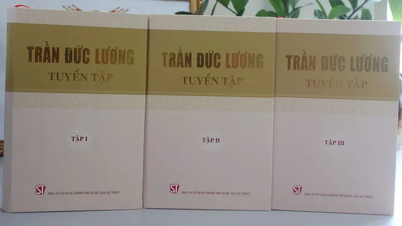

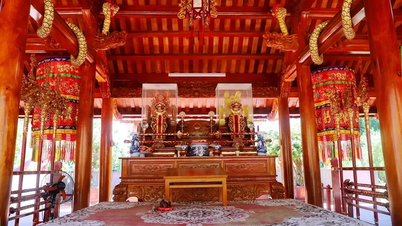
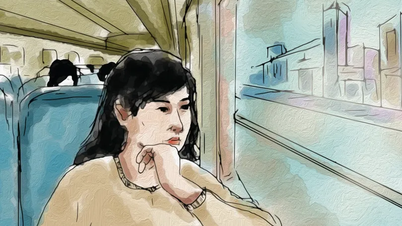
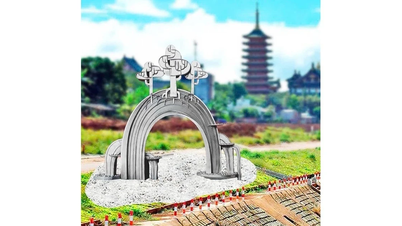

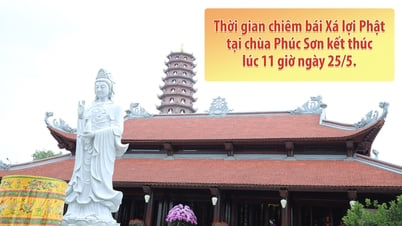

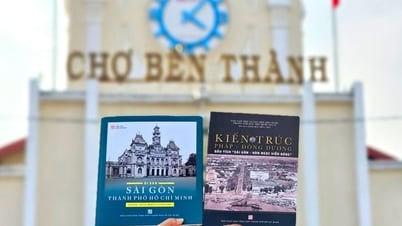






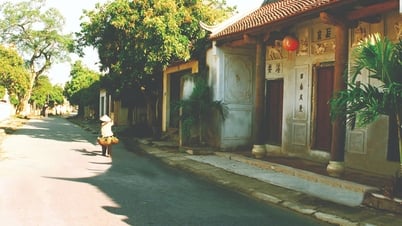






![[Photo] Party and State leaders visit former President Tran Duc Luong](https://vphoto.vietnam.vn/thumb/1200x675/vietnam/resource/IMAGE/2025/5/24/960db9b19102400e8df68d5a6caadcf6)
















































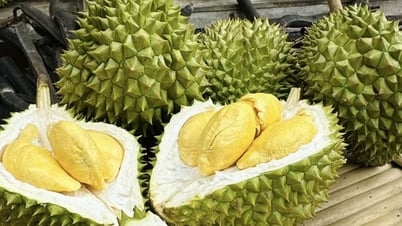


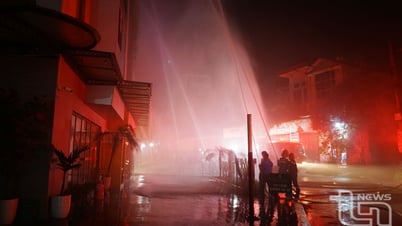











Comment (0)